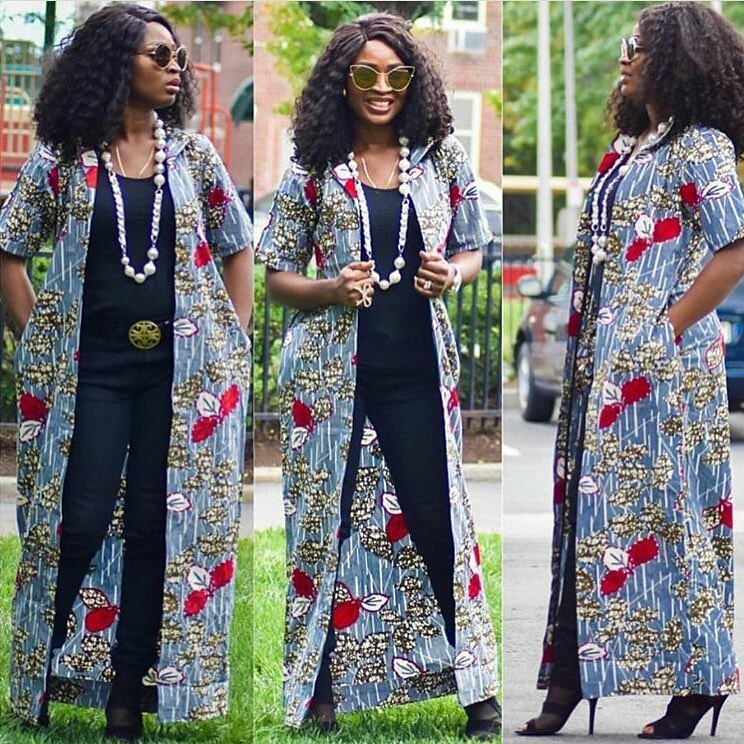Best Kimono Outfit Ideas for Fall
Introduction: The Perfect Fall Outfits Are Coming, Kimono Fashion!
Fall is the most appropriate time to wear kimonos. According to the Japanese, it is said that “the kimono is one of the best clothing items for Fall”. What are you waiting for? With this article, I am going to talk about why Fall is the best time of year for wearing kimonos. This season is also about having fun with your friends, family, and loved ones. It is a perfect time to enjoy some downtime with your significant other or hang out with friends on a weekend. Kimono fashion is a new trend in oriental style that has been gaining popularity among the fashion industry. Kimono is a type of traditional Japanese garment that is often worn by both men and women. It’s generally worn over an undergarment called a kosode. The kimono-inspired design of these outfits makes them suitable for wearing during fall and winter time thanks to their warmth and comfort. The best part about this style is that it can be easily matched with different outfits to create the perfect look for any occasion you may need it for.

How to Make an Easy DIY Kimono Outfit
This article will walk you through the steps for making a quick, easy, and stylish outfit with some basic materials.
1) Grease the parts of the measurements on your shirt. This will allow you to have an easier time pressing it onto your fabric. 2) Pin both pieces of fabric together at the top so that they are almost touching one another. Make sure to leave enough room for arm movement. 3) Sew over the pins to secure them in place 4) Cut out a piece of fabric that is slightly larger than what you need, leaving enough for hemming 5) Hem both pieces of fabric by folding them in half lengthwise repeatedly until they are nearly identical in size 6) Cut two long strips from your material and fold them in half twice
This article will provide you with some tips on how to make an easy DIY kimono outfit. In order to fill your storeroom with lovely items, The trendiest store around Kimono Shirt.
First, you will need to find a pattern. You can download a PDF of the pattern and print it on A4 paper and cut it out on a craft or utility knife, or if you’re skilled with a sewing machine, by hand. After you have the pattern, measure your torso length and find an approximate waist size. Leave enough space on the waistband for your hips then mark where you want to start at for cutting your material. Cut two pieces of fabric that are long enough for the front and back of the top respectively plus some extra fabric so that both sides meet at the same point of the belt line. For reference,
How to Find the Perfect Kimono Clothing Size and Fit
In order to find the perfect kimono sizing, there are some things you need to consider. The first is the height of the wearer. If you are petite, you can go for a smaller size. On the other hand, if you are tall, you should go for a bigger size. The second thing is how wide your shoulders are and your bust size. You can determine which size will fit best by measuring yourself at your bust and waist measurements. To find out which kimono size will fit best on me, I measured myself at my waist and bust measurements. I always avoid buying clothes made from materials that don’t suit my body type because they’ll only make me look worse rather than better.
Kimono is a type of traditional Japanese clothing that is worn as a robe or a casual dress, usually made from light silk or cotton. In Japan, kimonos come in different sizes and cuts regardless of age, gender, and social status. In the past, only men would wear kimonos that were prescribed to them by their family or given to them by their master. Today, men and women dress in kimonos regardless of whether they are wearing a long coat or a short coat. Finding the perfect size and fit for a kimono can be difficult with no standardized measurements for this article of clothing. There is one standard way to measure for sizing however - it requires measuring the circumference around the widest part of your torso at its fullest point over your shoulder blades.